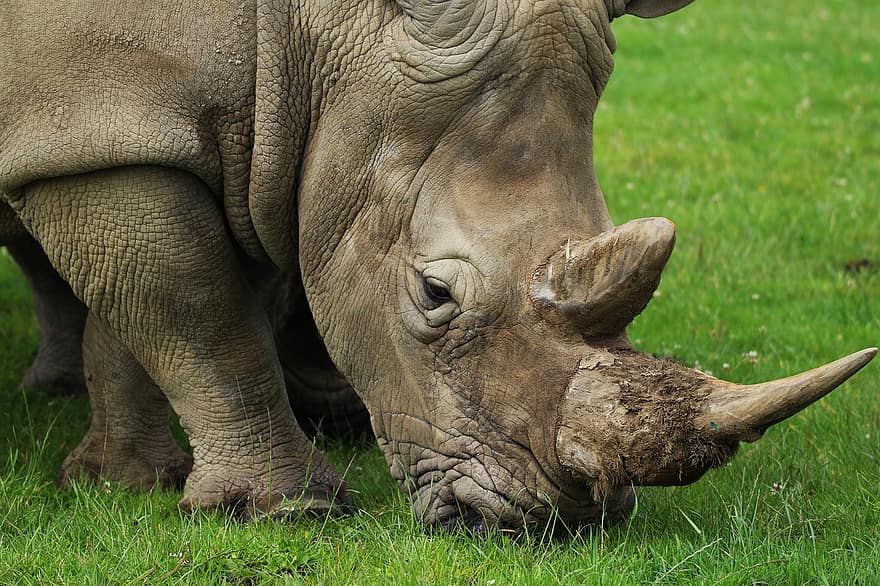

By Mantasha - Aug 01, 2025
Groundbreaking initiative in South Africa injects rhino horns with radioactive isotopes to deter poaching and disrupt illegal trafficking, highlighting the innovative approach to protecting endangered species.

Rhinos via <a target="_blank" href="https://www.pikist.com/free-photo-vdngh">pikist.co</a>m
LATEST
A groundbreaking initiative in South Africa aims to tackle the rampant poaching of rhinos by making their horns radioactive. Recently introduced by the University of the Witwatersrand, this innovative anti-poaching campaign involves injecting rhino horns with harmless yet detectable radioactive isotopes. The goal is to equip customs agents with the ability to track these horns, even in large containers, effectively thwarting traffickers' efforts.
In a bid to safeguard the dwindling rhino population, the Rhisotope Project was inaugurated through a collaborative effort between the university, nuclear energy officials, and conservationists. The initial phase involved the successful injection of five rhinos. This milestone marks the prelude to a broader initiative aimed at administering mass injections to protect rhinos from the incessant threats posed by illegal poaching activities. The innovative approach seeks to address the escalating demand for rhino horns, primarily in Asian markets, driving the illicit trade.
This pioneering strategy not only offers a promising solution to combat wildlife crime but also underscores the urgency of implementing unconventional measures to safeguard endangered species. The integration of radioactive isotopes presents a formidable deterrent to poachers and traffickers, disrupting their illicit supply chains and rendering the horns easily detectable during transit. This initiative resonates on a global scale, shedding light on the critical issue of wildlife conservation and the multifaceted approaches required to address it effectively.
Looking ahead, the Rhisotope Project sets a noteworthy precedent in the realm of conservation efforts, signaling a shift towards innovative interventions to combat wildlife crime. By leveraging cutting-edge technology and interdisciplinary collaborations, this initiative heralds a new chapter in the fight against illegal wildlife trafficking. As the project gains momentum, it holds the potential to significantly impact the dynamics of poaching and smuggling networks, offering a ray of hope for the preservation of endangered species in the face of mounting challenges.